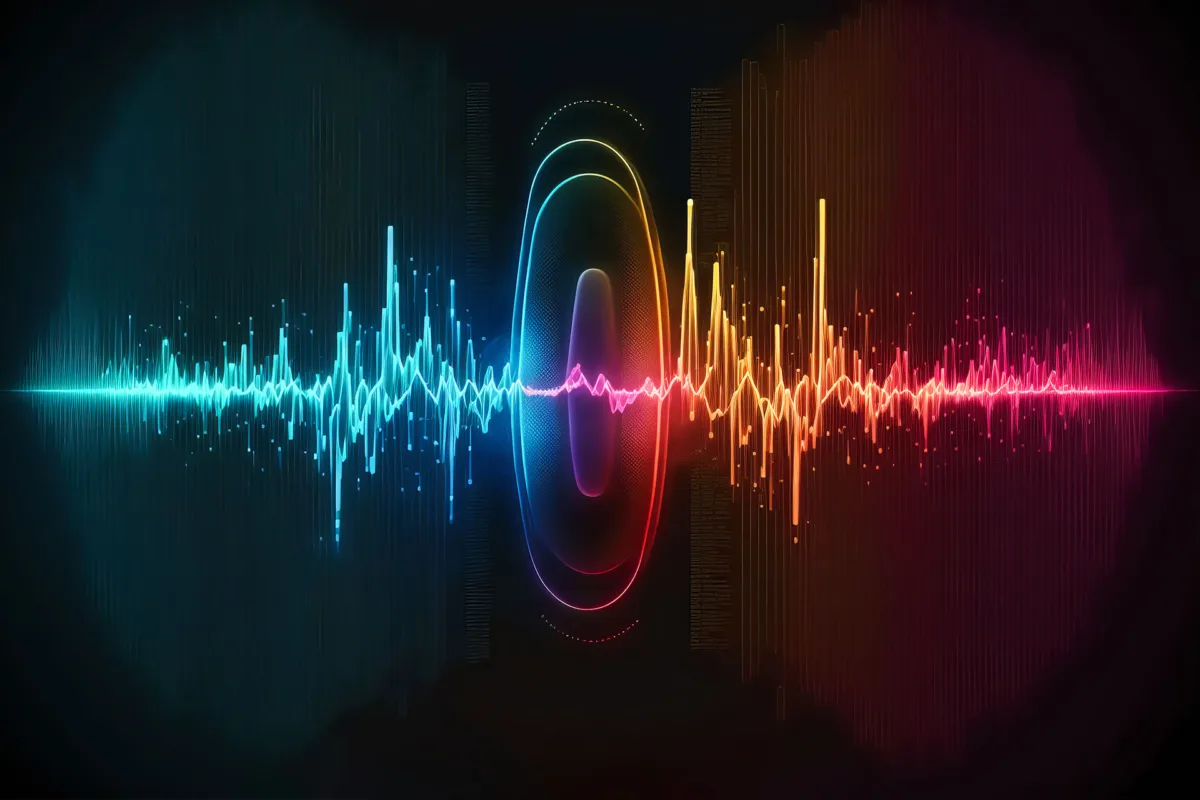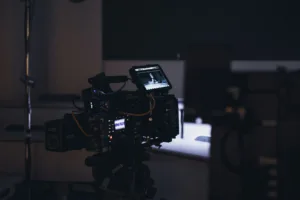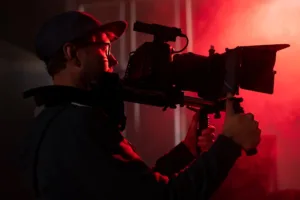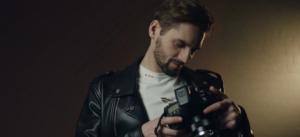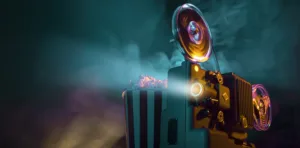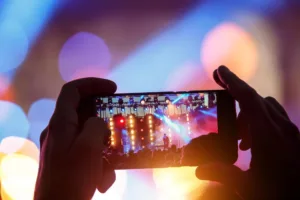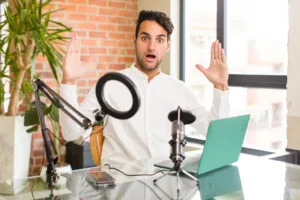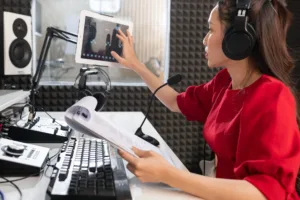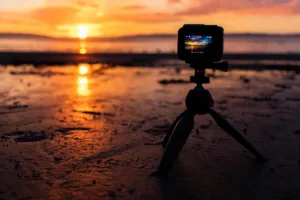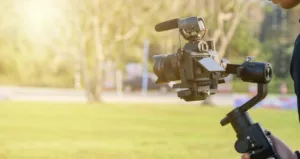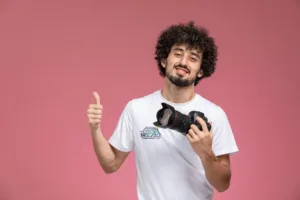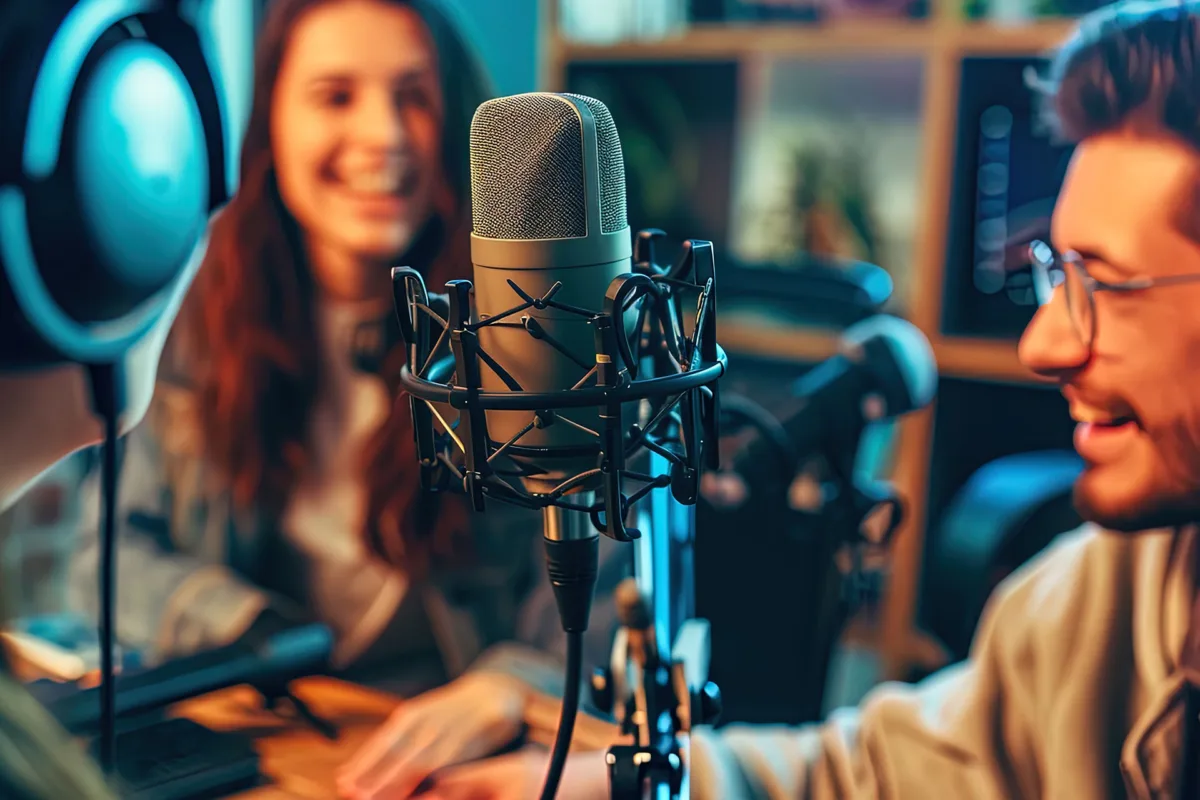Musical Genres Through the Ages.
From Classical to EDM: The Evolution of Music by Era
If you hear the word “music,” what song plays in your head?
It is probably some musical genre like pop, electronic, reggaeton…
What is certain is that you will not think of Cruck or Chillwave music, or perhaps a song of this style will come to your head, but you may not know that it belongs to a musical genre with such an unusual name.
It’s common to associate certain songs with a familiar musical genre without realizing they might belong to a subgenre with a unique name or a completely different genre. This complexity and diversity in music is a testament to the artistry and creativity of musicians.
This is because there are so many different musical styles, each with subgenres and varying depending on the region in which they originated, that it is impossible to know them all.
Thus, in this article, we have decided to bring together the vast majority of currently identified musical genres, sorted by date of origin and region.
It’s important to note that this list is incomplete. Musical genres and subgenres constantly evolve, with new ones emerging. Understanding the history and evolution of these genres can provide a fascinating insight into the world of music.
Furthermore, it isn’t easy to pinpoint exact dates of origin for many genres, so approximate periods have been given instead.
Musical genres sorted by era
This categorization helps us understand the evolution of music over time, from the classical compositions of Mozart and Beethoven to the modern electronic sounds of EDM.
- Classical ( between 1750 and 1820 ) – Composed by musicians such as Mozart and Beethoven, this genre is characterized by intricate melodies and structured compositions.
- Blues ( late 19th century ) – Rooted in African musical traditions, blues music conveys emotion through simple chord progressions and expressive vocals.
- Jazz ( early 20th century ) – In New Orleans, jazz combines blues, ragtime, and band music to create upbeat, improvisational melodies.
- Country ( 1920s ) – Inspired by folk, blues, and gospel music, country music is often characterized by story-telling lyrics and instruments such as the banjo and fiddle.
- Swing ( 1930s ) – A subgenre of jazz, swing is characterized by a powerful rhythm section and big band arrangements that encourage dancing.
- Rock’ n’ Roll ( 1950s ) – Fusing rhythm and blues with country, rock ‘n’ roll is known for its energetic rhythms, electric guitar, and rebellious attitude.
- Rhythm and Blues ( 1940-1950 ) – Often abbreviated as R&B, this genre blends jazz, blues, and gospel influences to create soulful, danceable melodies.
- Funk ( 1960s ) – Characterized by syncopated rhythms, groovy bass lines, and a focus on groove. Funk emerged from soul and jazz.
- Reggae ( 1960s ) – Originating in Jamaica, reggae combines elements of Caribbean folk music, calypso, and rhythm and blues, emphasizing fast-paced rhythms.
- Psychedelic rock ( 1960s ) – Marked by experimental sounds and lyrics that explore altered states of consciousness, psychedelic rock emerged during the countercultural movement.
- Hard rock ( 1960s ) – A heavier, more aggressive form of rock music, hard rock is characterized by distorted guitars, pounding drums, and shrill vocals.
- Heavy Metal ( late 1960s–1970s ) – With its origins in hard rock and blues-rock, heavy metal is known for its amplified distortion, extended guitar solos, and aggressive lyrics.
- **Progressive rock** ( late 1960s-1970s ) – Progressive rock is characterized by the fusion of rock with other genres such as classical music and jazz, complex song structures, and experimental instrumentation.
- Disco ( the 1970s ) – Defined by its infectious, danceable rhythms, disco music emerged from funk, soul, and pop.
- Punk Rock ( 1970s ) – Born as a reaction to mainstream music, punk rock is characterized by its raw, fast-paced sound and rebellious attitude.
- Hip Hop ( late 70s ) – Originating in the Bronx, hip hop encompasses rapping, DJing, breakdancing, and graffiti art, often focusing on social and political issues.
- New Wave ( late 1970s-1980s ) – A blend of punk rock and pop music. New Wave is known for its quirky, experimental sound, often incorporating synthesizers.
- Synthpop ( 1980s ) – Heavily synthesizer-based, synthpop is known for its quirky, experimental sound and often incorporates synthesizers.
- Electronic Dance Music (EDM) ( late 1980s–present ) – A term encompassing several electronic music genres, such as house, techno, trance, and dubstep, characterized by repetitive rhythms and synthesized sounds.
- House ( late 80s ) – A subgenre of EDM, house music is characterized by its 4/4 rhythm, synthesized bass lines, and repetitive loops.
- Techno ( late 80s ) – Another subgenre of EDM, techno is known for its repetitive beats, synthesized sounds, and a focus on rhythm over melody.
- Grunge ( late 1980s–1990s ) – A subgenre of alternative rock, grunge is characterized by its heavy, distorted guitar sound and introspective, often angsty lyrics.
- Britpop ( 1990s ) – British alternative rock movement characterized by catchy melodies, guitar-driven sound, and a sense of national pride, often seen as a reaction to American grunge.
- Trance ( 1990s ) – A subgenre of EDM. Trance is characterized by repetitive melodic phrases, hypnotic rhythms, and surges that lead to energetic climaxes.
- Indie Rock ( 1990s–present ) – A diverse genre that originated as a reaction to mainstream rock, indie rock often features unconventional sounds and structures and a strong DIY ethic.
- Pop Punk ( 1990s–2000s ) – A fusion of punk rock and pop music, pop punk is characterized by upbeat melodies, catchy hooks, and energetic performances.
- Emo ( 1990s–2000s ) – A punk and indie rock subgenre known for its introspective and emotive lyrics, confessional songwriting, and expressive vocals.
- Post-Rock ( 1990–present ) – Experimental genre characterized by the use of rock instruments to create atmospheric, cinematic soundscapes, often with minimal lyrics and unconventional song structures.
- K-pop ( 1990–present ) – Originating in South Korea, K-pop is characterized by catchy melodies, intricate choreography, and visually striking music videos, often performed by highly polished idol groups.
- Reggaeton ( 1990s-present ) is a fusion of reggae, hip-hop, and Latin American musical styles. It is characterized by its dembow rhythm and often explicit lyrics.
- Dubstep ( early 2000s) – Emerging from British garage and drum and bass, dubstep is characterized by solid bass lines, syncopated rhythms, and little use of vocals.
Musical subgenres
Listed below are some notable subgenres within the main genres mentioned above:
Rock
- Alternative rock
- Rock Art
- Garage Rock
- Glam Rock
- Grunge
- Hard Rock
- Indie Rock
- Math Rock
- Post-Rock
- Progressive Rock
- Psychedelic Rock
- Punk Rock
- Southern Rock
- Stoner Rock
- Shoegaze
- Post-Punk
- No Wave
Metal
- Black Metal
- Death Metal
- Doom Metal
- Folk Metal
- Glam Metal
- Gothic metal
- Industrial metal
- Power Metal
- Progressive metal
- Sludge Metal
- Symphonic metal
- Thrash Metal
Electronic dance music (EDM)
- Atmosphere
- Breakbeat
- Drum and Bass
- Dubstep
- Electro
- Glitch
- Hardcore
- House
- IDM (Intelligent Dance Music)
- Jungle
- Techno
- Trance
- Trap
- Trip Hop
- Vaporwave
- Chillwave
- Darkwave
- EBM (Electronic Body Music)
Hip Hop
- Alternative Hip Hop
- Boom Bap
- Conscious Hip Hop
- Crunk
- Dirty South
- East Coast Hip Hop
- Gangsta Rap
- G-Funk
- Grime
- Hip Hop Hardcore
- Horrorcore
- Jazz Rap
- Old School Hip Hop
- Trap
- West Coast Hip Hop
Country
- Alt-Country
- American
- Bluegrass
- Classic Country
- Country Pop
- Country Rock
- Honky Tonk
- Outlaw Country
- Traditional Country
Jazz
- Acid Jazz
- Avant-garde jazz
- Bebop
- Fresh Jazz
- Dixieland
- Free Jazz
- Fusion
- Gypsy Jazz
- Latin Jazz
- Modal Jazz
- Soft Jazz
- Swing 13
- Vocal Jazz
Blues
- Acoustic Blues
- Chicago Blues
- Country Blues
- Delta Blues
- Electric Blues
- Gospel Blues
- Jump Blues
- Piedmont Blues
- Texas Blues
Regional musical styles
The same thing happens with regional and general styles and subgenres: it is impossible to identify them precisely since new ones are constantly proposed.
However, listed below are some popular and influential regional styles in different parts of the world:
North America
- Appalachian Folklore
- Cajun
- Creole
- Delta Blues
- Native American Music
- New Orleans Jazz
- Texan
- Tex-Mex
- Zydeco
South America
- Argentine Tango
- Bossa Nova (Brazil)
- Candombe (Uruguay)
- Chacarera (Argentina)
- Choro (Brazil)
- Cumbia (Colombia)
- Forró (Brazil)
- Merengue (Dominican Republic)
- Samba (Brazil)
- Salsa (Cuba, Puerto Rico)
- Vallenato (Colombia)
Europe
- Balkan Brass Band (Southeastern Europe)
- Celtic music (Ireland, Scotland, Wales, Brittany)
- Fado (Portugal)
- Flamenco (Spain)
- Greek folklore (Greece)
- Klezmer (Eastern Europe)
- Nordic folklore (Scandinavia)
- Polka (Central Europe)
- Romani music (Eastern Europe)
- Tarantella (Italy)
- Tuvan throat singing (Republic of Tuva, Russia)
- Mugham (Azerbaijan)
Africa
- Afrobeat (West Africa)
- Benga (Kenya)
- Gnawa (Morocco)
- Highlife (West Africa)
- Juju (Nigeria)
- Kwaito (South Africa)
- Mbalax (Senegal)
- Rai (Algeria)
- Soukous (Congo)
- Taarab (East Africa)
- Makossa (Cameroon)
Asia
- Bhangra (India)
- Chinese Opera (China)
- Gamelan (Indonesia)
- Gagaku (Japan)
- K-Pop (South Korea)
- Qawwali (South Asia)
- Tala (India)
- Thai classical music (Thailand)
- Traditional Japanese music (Japan)
- Traditional Persian music (Iran)
- Dangdut (Indonesia)
- Sufi music (Middle East, North Africa, South Asia)
- Japanese Enka (Japan)
- J-Pop (Japan)
- Cantopop (Hong Kong)
- Mandopop (Mainland China, Taiwan)
Oceania
- Aboriginal music (Australia)
- Hawaiian music (Hawaii)
- Maori music (New Zealand)
- Music of the Pacific Islands (Polynesia, Micronesia, Melanesia)
As can be seen, numerous musical styles have changed over the years and differed by region, depending on the social situation at the time and the interests of its people.
Thus, we can find a rich and great variety of musical styles to choose from and enjoy the ones we like the most.
Why trust TuneCutter Music
- We have provided comprehensive and expert information on music licensing and royalty-free music since 2022.
- The website regularly updates its content to reflect the latest changes in music laws, ensuring accurate information.
- Our dedication to clarity and accuracy in explaining music rights and licensing issues builds trust among musicians, producers, and clients.








